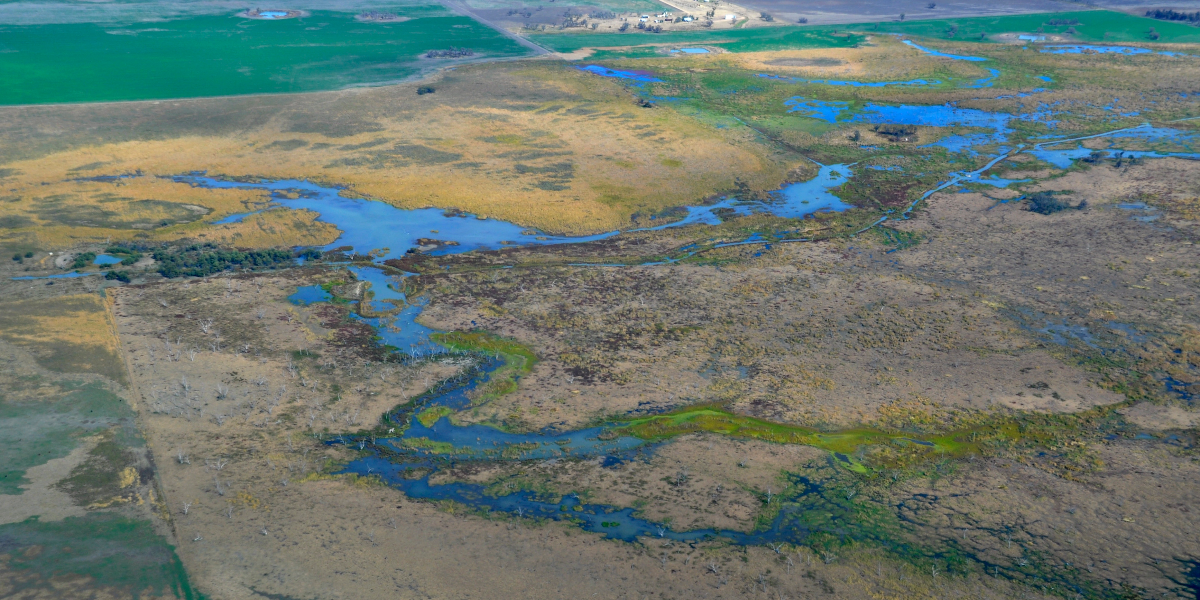Water users in the Border Rivers and Gwydir Valley water sharing areas are reminded that as of this month they can’t harvest flood water without a licence and compliant metering equipment.
The Natural Resources Access Regulator (NRAR) said as of August 2023, water users intending to capture water moving across a floodplain are now required to have primary metering equipment installed by a qualified installer.
NRAR Director Education and Engagement Keeley Reynolds said the NSW Government’s reforms to control floodplain harvesting within legal limits became law in the Border Rivers and Gwydir valleys last year.
“Having a licence means people have the right to capture and store water as it flows across the floodplain, but it also means they have to measure and report their water take in accordance with the conditions of their linked water supply works approvals,” Ms Reynolds said.
“That means installing compliant metering equipment,” she said.
“Licence holders in these areas have had a year to comply with the new rules, but we understand there are some barriers, such as a shortage of qualified installers and difficulties getting equipment.”
“We do expect water users to make every effort to comply by their deadline, but we will discuss any problems that they’ve faced and take them into consideration.”
“However, if they choose to capture water from a floodplain without a licence or without compliant metering equipment, they may be subject to enforcement action by NRAR regardless of those barriers.”
“We remain steadfast in our commitment to ensure all water taken in NSW is done in accordance with the rules for the benefit of all communities and the environment.”
“We’ve been through challenging periods of above average rainfall in recent years, but conditions are now starting to swing back to dry.”
“It’s the perfect time to act so that when it does rain again, water users are compliant and can lawfully capture water from the floodplain according to their licence and approval conditions.”
Ms Reynolds said NRAR is a firm but fair regulator.
“We will take people’s individual circumstances into account, but accurate measurement underpins effective and efficient management of the state’s water resources. The best way to achieve that level of accuracy is through installing telemetered metering equipment.” she said.
Secondary metering equipment such as a gauge board or an approved automated storage volume measurement device can now only be used in these valleys if the primary metering equipment is not operating properly. Water users will also need to notify WaterNSW.
Like what you’re reading? Support The New England Times by making a small donation today and help us keep delivering local news paywall-free. Donate now

